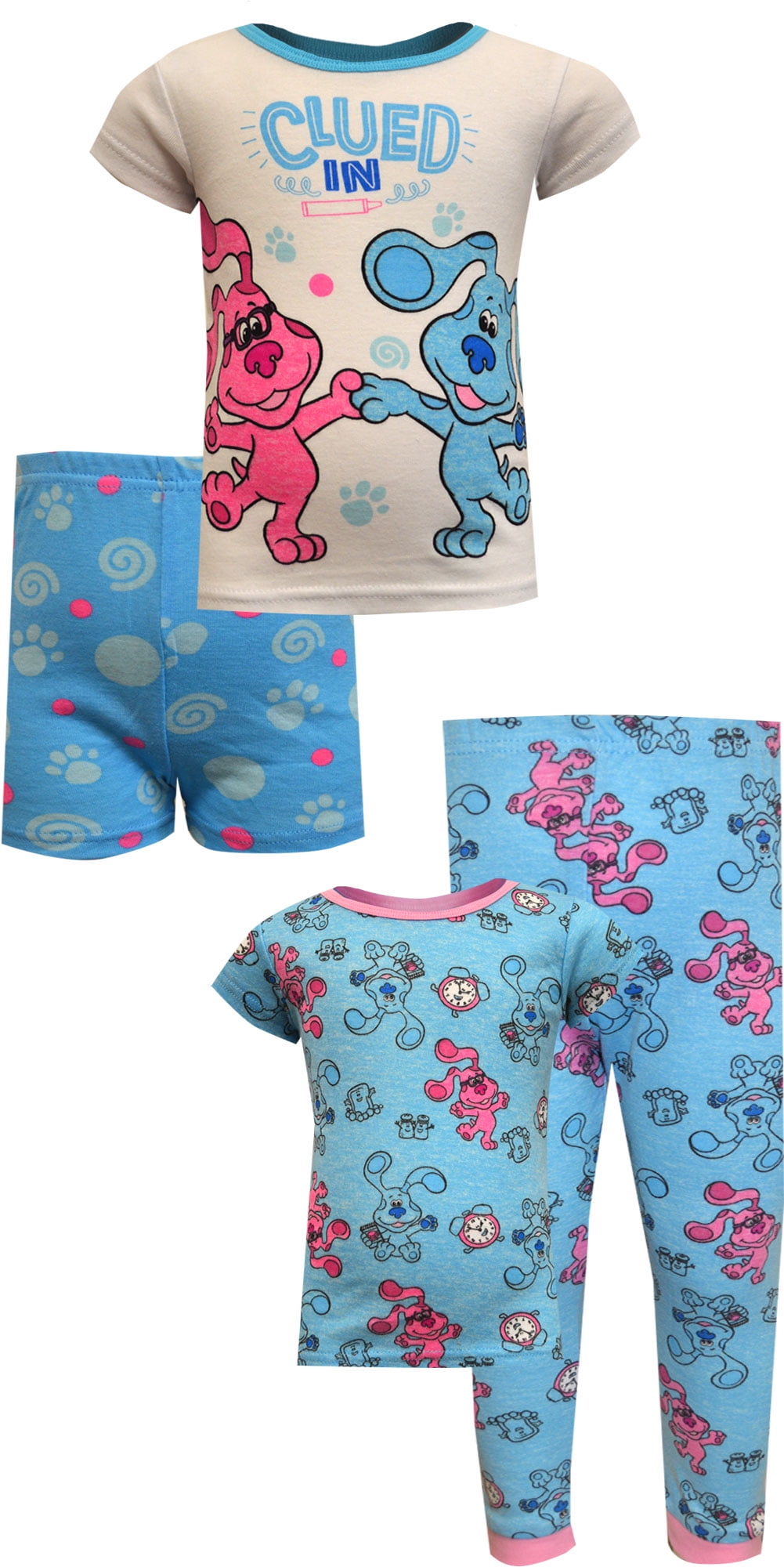


The show's extensive use of research in its development and production process inspired several research studies that have provided evidence for its effectiveness as a learning tool.īlue's Clues was developed during a transitional period for children's television. It was one of the first preschool shows to incorporate American Sign Language into its content. Regional versions of the show featuring local hosts have been produced in other countries. It has been syndicated in 120 countries and translated into 15 languages. As of 2002, over 2 million people had attended over 1,000 performances.īy 2002, Blue's Clues had received several awards for excellence in children's programming, educational software, and licensing, and had been nominated for nine Emmy Awards. A live production of Blue's Clues, which used many of the production innovations developed by the show's creators, toured the U.S.

Its home-based setting is familiar to American children but has a look unlike other children's TV shows. Blue's Clues was the first cutout animation series for preschoolers and resembles a storybook in its use of primary colors and its simple construction paper shapes of familiar objects with varied colors and textures.

Research was part of the creative and decision-making process in the production of the show and was integrated into all aspects and stages of the creative process. They used research about child development and young children's viewing habits that had been conducted in the thirty years since the debut of Sesame Street in the U.S., and revolutionized the genre by inviting their viewers' involvement. The show's producers and creators presented material in a narrative format instead of the more traditional magazine format, used repetition to reinforce its curriculum, and structured every episode the same way. It has been called "one of the most successful, critically acclaimed, and ground-breaking preschool television series of all time." A spin-off called Blue's Room premiered in 2004. Blue's Clues became the highest-rated show for preschoolers on American commercial television and was critical to Nickelodeon's growth. The show follows an animated blue-spotted dog named Blue as she plays a game with the host and the viewers. It was hosted originally by Steve Burns, who left in 2002 to pursue a music career, and was replaced by Donovan Patton. Producers Angela Santomero, Todd Kessler and Traci Paige Johnson combined concepts from child development and early-childhood education with innovative animation and production techniques that helped their viewers learn. Blue's Clues is an American children's television series that premiered on Nickelodeon in 1996.


 0 kommentar(er)
0 kommentar(er)
